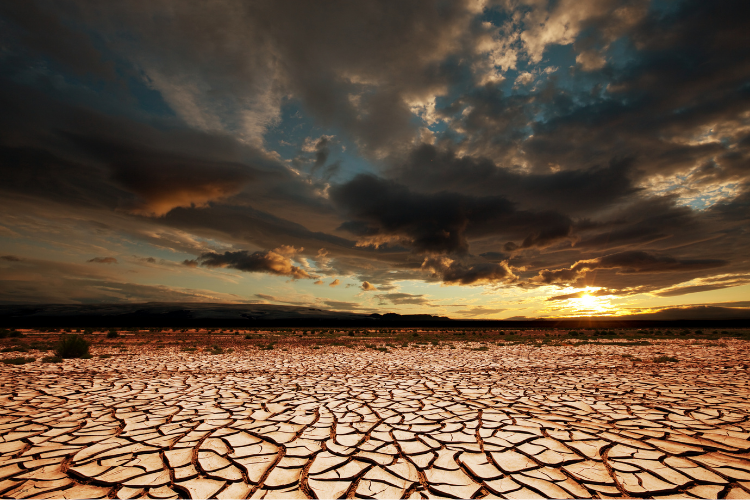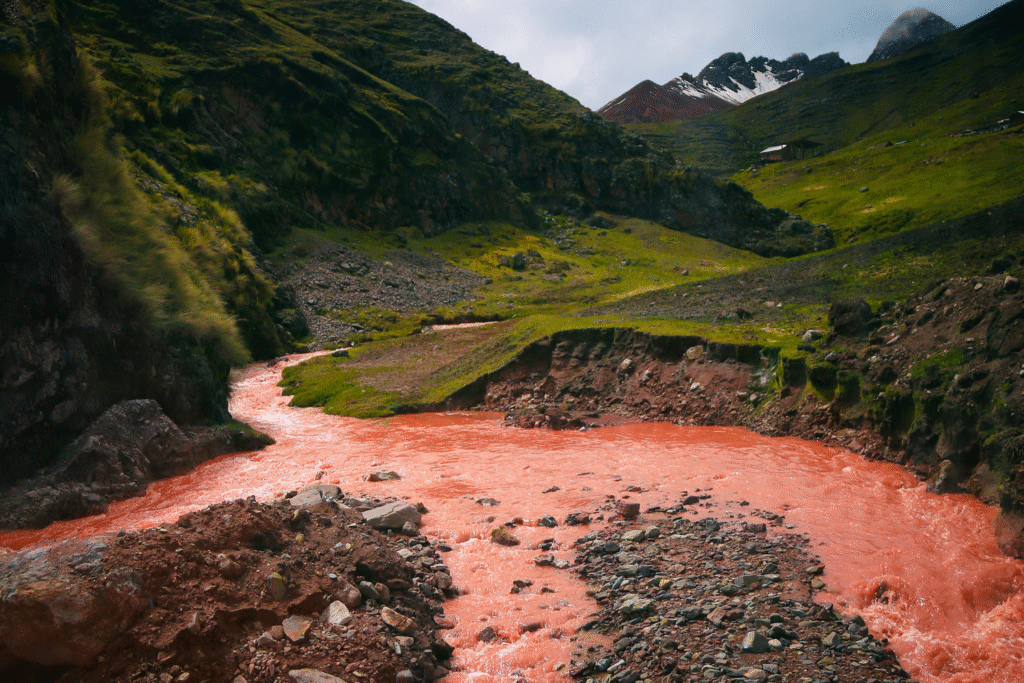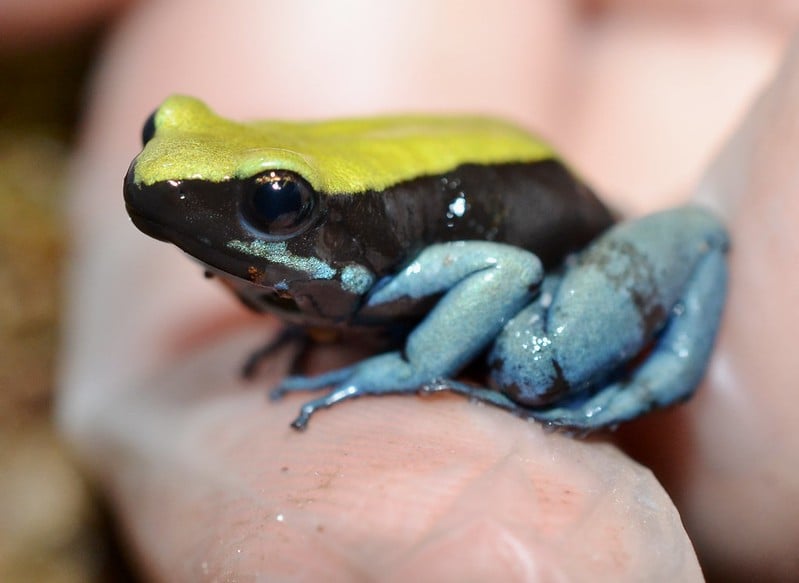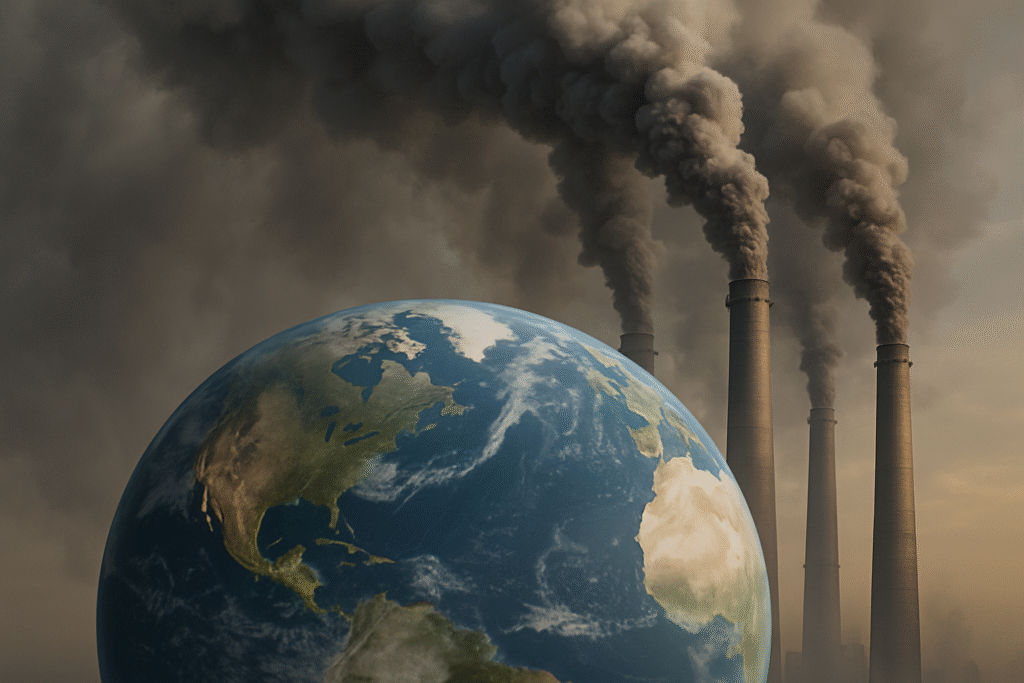The evidence shows a drying trend that history can’t rival.

The western United States has always cycled through dry periods, but scientists say what we’re seeing now isn’t part of the ordinary rhythm. Tree ring data stretching back over a millennium reveals a drought so extreme that nothing in the last 1,200 years compares. The word “megadrought” no longer feels like an exaggeration, it’s a scientific diagnosis.
Communities from California to Colorado are already living inside the consequences. Reservoirs that once symbolized abundance now show cracked earth, farmers are struggling to keep fields alive, and cities debate how much water residents should get. This isn’t a future problem; it’s a generational crisis unfolding in real time.




